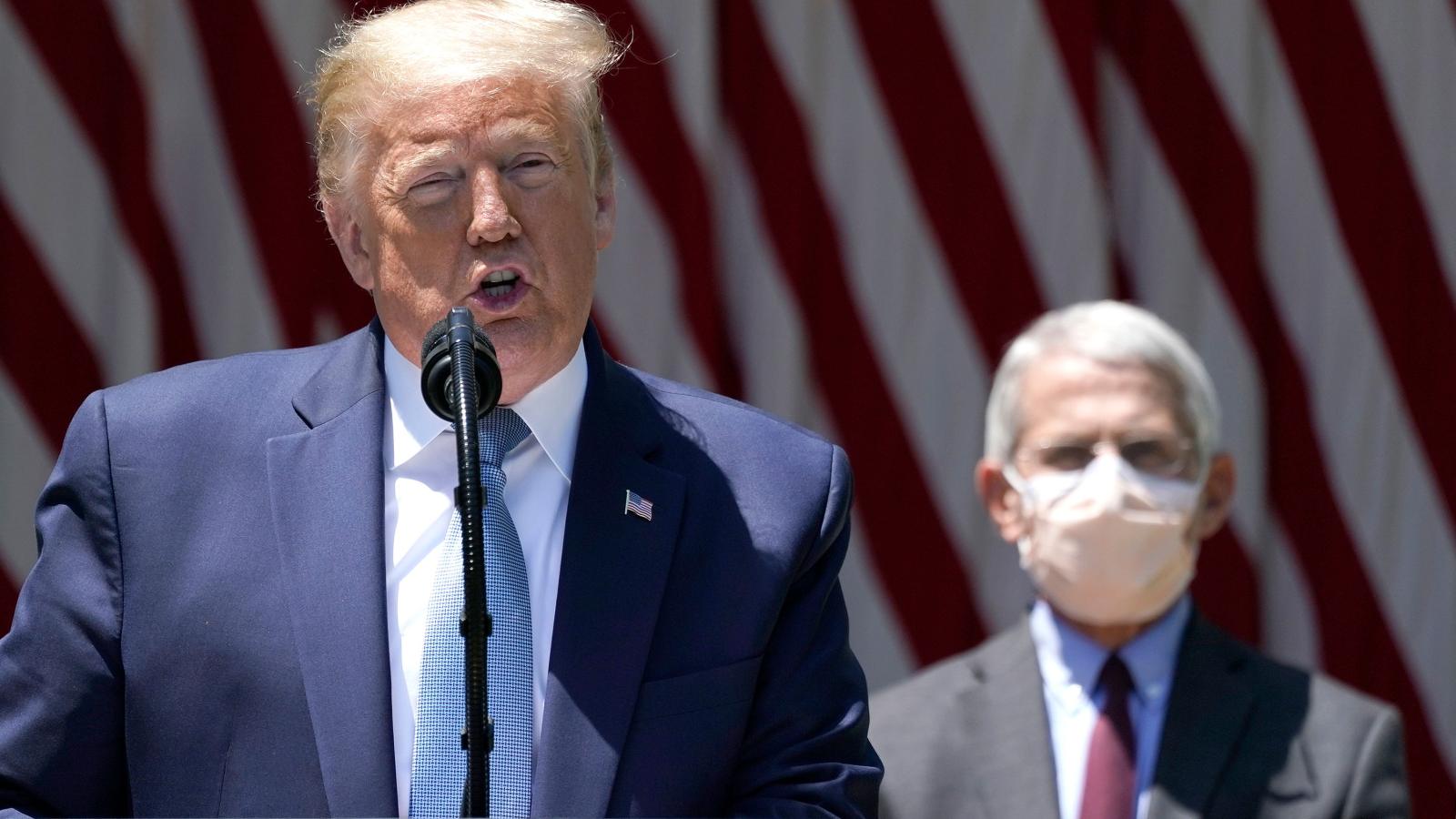During any given presidential election year, economic data points act as reliable pieces of information upon which data modelers can try to predict the outcome. Economic indicators, such as quarterly growth, are released regularly and factor into how voters perceive the economy, along with unemployment numbers as well.
The 2016 election which, despite Donald Trump as an insurgent candidate, looked fairly understandable on paper with regard to data modeling. As we chronicled during the race last time around (see here and here, among others), election models based on inputting a series of data points tended to produce, with respectable accuracy, a likely outcome of the election. Donald Trump was the beneficiary of those predictive models in 2016, and conditions were developing in 2020 with a similar appearance.
Then, the Coronavirus hit, and the Covid-19 pandemic put an end to economic growth in 2020. All sorts of businesses have been forced to close, with many still waiting to re-open.
Given the current state of the economy, a once-rosy picture for President Trump, nothing is looking good from the election modeling perspective:
President Donald Trump could suffer a historic defeat in the fall if the economy doesn’t sharply recover from the coronavirus pandemic and the disease lingers, according to a model that has predicted the winner of the popular vote in 16 of the past 18 elections.
Oxford Economics predicts Trump would lose to Democrat Joe Biden by a margin of 65% to 35%, using a model based on the pioneering political-forecasting work of Yale economist Ray Fair.
How bad is that? William Howard Taft was the last president running for reelection to win fewer than 35% of the vote, when he finished third in 1912 behind Woodrow Wilson and Theodore Roosevelt.
The Oxford model primarily relies on key economic barometers such as inflation, the unemployment rate and inflation-adjusted disposable income to generate its forecast.
Before you ask, the Oxford model predicted President Trump would do very well in 2020, perhaps winning a predicted 55% of the vote based on good economic numbers. Could he win 55% of the vote? Probably not, but the point is that the model, based on the data, projected his re-election as a high probability.
There are a few takeaways from the models at this point. First of all, with the Coronavirus essentially acting as a temporary or artificial depressant on the global economy, how much of the data being fed into the model means much of anything?
If the economy rebounds quickly, or voters decide they won’t hold the President entirely responsible for the downturn, the current snapshot model might not mean much.
On the other hand, if the economy limps back into gear, little by little, and the numbers are still sluggish by Election Day, then these models could serve as the first evidence of Trump’s 2020 chances falling dramatically.
It is likely these types of data points, coupled with some poor recent poll numbers, are driving the President to push for a reopening of the economy as fast as possible:
A slew of polls since the pandemic began, meanwhile, also show Trump losing to Biden. The president hasn’t led in a single one. What’s more, he’s losing support among seniors, a core bloc.
The poor polling is almost certainly a factor in the president pushing states to reopen quickly and get the economy moving again. The president and his top White House advisers have been predicting a strong recovery.
Based on the numbers, and historical precedent, the quicker that Covid-19 can be put in the rearview, the quicker that the “traditional” methods of assessing an election can become more reliable again.
As the MarketWatch story notes, the Oxford model currently predicts former vice president Joe Biden winning 65% of the vote to Trump’s 35%. Even in the worst of conditions, no serious analyst would predict such a lopsided ending even if Trump should lose.
The illustration of the Oxford number demonstrates the limitation of models, in all forms. The data on the output side is only reliable as the data on the input side. Clearly the current conditions indicate the President could be and would continue to be in serious trouble if the economy can’t show signs of recovery before November, virus or no virus.
For a presidency to see a range of 3.5% unemployment up to 20% (or higher) during a single term is unprecedented, and not something that can be easily modeled based on historical trends. In short, expect the models to spin wildly over the next few months depending on the trajectory of the recovery.
Donate Now to Support Election Central
- Help defend independent journalism
- Directly support this website and our efforts
